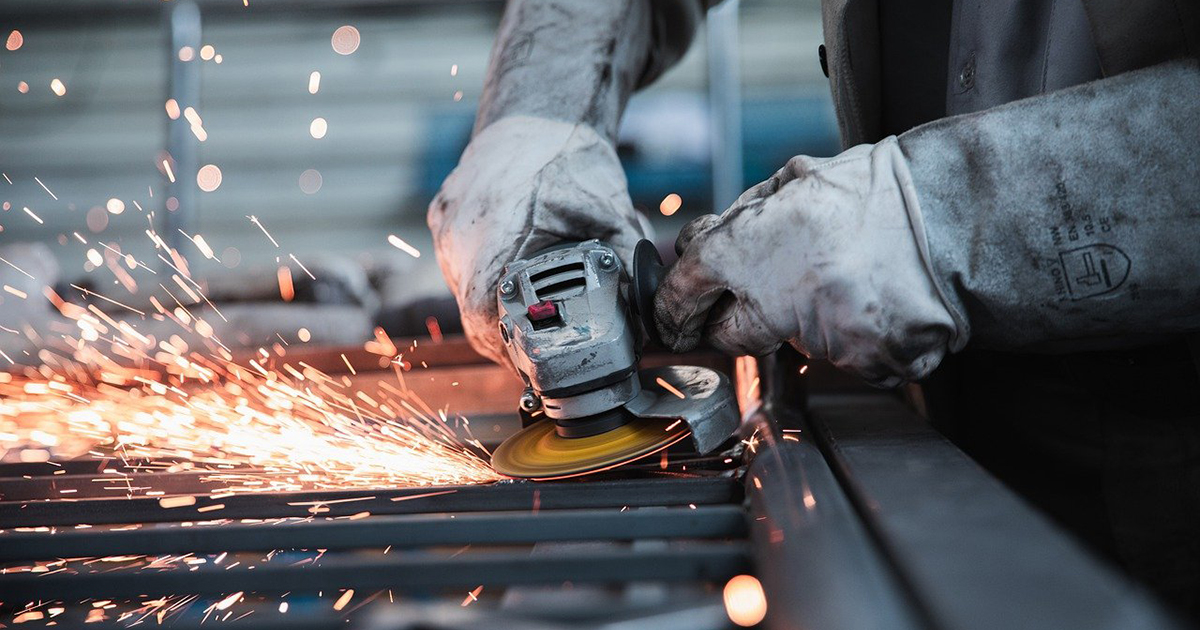Are you calculating OEE right?
Overall Equipment Effectiveness (OEE) is a metric, represented as a percentage, that indicates how effectively a manufacturing asset is utilized. OEE software expresses this metric as a factor of machine Availability, Performance, and Quality. This provides a universal comparison metric for industrial equipment regardless of the type of asset or process.
Let’s break down the elements that go into creating OEE data.
Availability
Availability is the percentage of a machine’s scheduled time that it is operating:
Availability = Production Time divided by Scheduled Time
Performance
Performance is the efficiency of the production process expressed as a percentage of the actual process time:
Performance = Standard (Expected) Process Time divided by Actual Process Time
Quality
Quality is the number of good parts compared to the total number of parts produced:
Quality = Good Parts divided by Total Parts
Now that you understand the elements that go into creating OEE, let’s learn how to use it to improve your operation.
Common OEE Mistakes
Calculating OEE is hard, and there is a lot of room for error. Before you get too in the weeds, let’s first cover the most common mistakes using OEE.
- Using OEE to reprimand opposed to measuring improvement
- Using OEE as an outward measure instead of a baseline for internal use
- Comparing your own OEE score to other companies or a published standard
- Using OEE as the primary or only Key Performance Indicator
Now let’s look at ways that OEE can be used efficiently, effectively, and more importantly to help you:
- OEE should always be used as in improvement metric and to measure manufacturing productivity. When having a baseline metric, you can understand and measure improvement.
- OEE is best used to analyze the losses and measure the performance on a particular piece of equipment opposed to trying to multiply OEE across multiple machines or lines. This allows an understanding of where individual bottlenecks are to drive improvements in the process and remove constraints.
- Every plant and situation are different. You should be using OEE to understand individual problems and bottlenecks within your facility. You shouldn’t be striving for a number but instead trying to truly optimize the efficiency of any given asset.
Remember, OEE is a powerful figure. It can provide a wealth of information and insight that may not have been seen or noticed before measuring. One should always strive to reduce or eliminate the six most common OEE losses.

By following the above reference material, you can achieve success.
FREEDOM® Smart Manufacturing Platform customers have documented productivity improvements of up to 50% and realized a Return on Investment (ROI) in 12 months or less.
If you would like to see where you stand in terms of OEE and where you can improve, use this ROI calculator, fill in the highlighted areas, and take the first step. If you need help, a FREEDOM Manufacturing Specialist will be glad to help walk you through it.
For more information about the Freedom Smart Manufacturing Platform, contact Sam Bowman at 513-719-1617 and info@freedomiot.com





